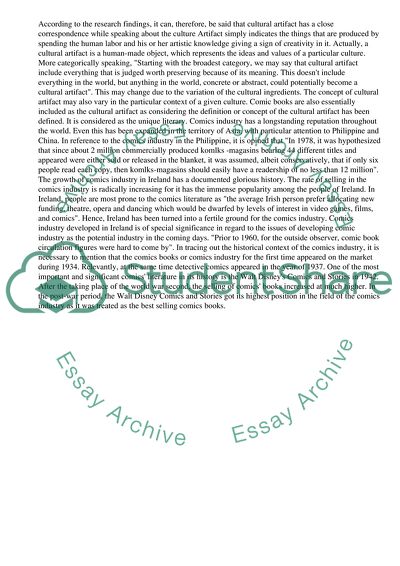Cite this document
(“Culture in the Project Management Assignment Example | Topics and Well Written Essays - 3000 words”, n.d.)
Retrieved from https://studentshare.org/management/1509472-project-management-product-life-cycle-risks-and-audit
Retrieved from https://studentshare.org/management/1509472-project-management-product-life-cycle-risks-and-audit
(Culture in the Project Management Assignment Example | Topics and Well Written Essays - 3000 Words)
https://studentshare.org/management/1509472-project-management-product-life-cycle-risks-and-audit.
https://studentshare.org/management/1509472-project-management-product-life-cycle-risks-and-audit.
“Culture in the Project Management Assignment Example | Topics and Well Written Essays - 3000 Words”, n.d. https://studentshare.org/management/1509472-project-management-product-life-cycle-risks-and-audit.


